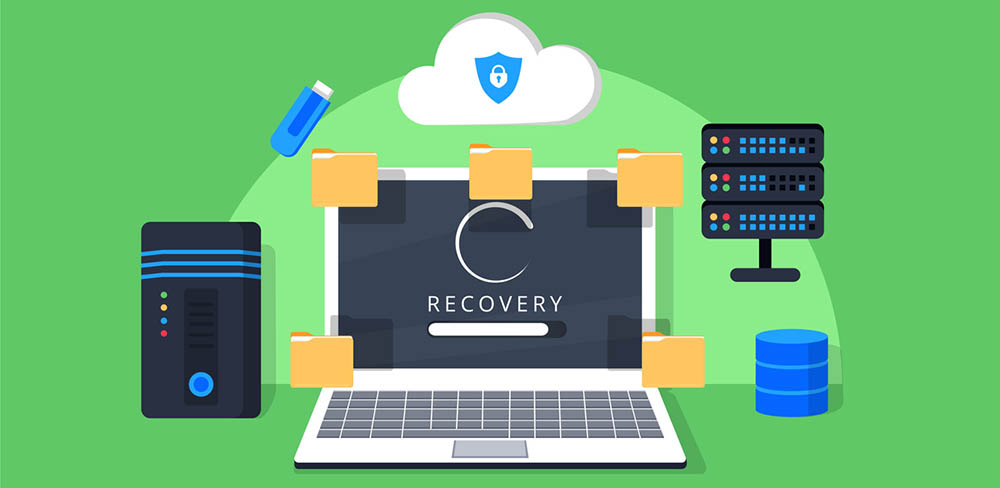Why Backups Are Essential
If you were asked how confident you were that your business could be back up and running after a catastrophic data failure, what percentage would you give? If it’s anything less than 100%, then your business needs to take a careful look at its data protection strategy. By following a few backup strategy best practices you can be confident that your business will not suffer serious downtime or data loss in the event of a hack, hardware malfunction, or natural disaster.
Having a data backup plan in place is relatively easy, however it is something that many businesses and organizations put off and forget about. Or, they have a rudimentary backup system in place that is vulnerable to hacking or destruction.
Because of the current hacking and malware climate where the biggest targets are sensitive data as well as ransomware attacks, having a data backup in place can prevent costly data loss and customer trust.
According to PhoenixNap Global IT services, the average cost of a data breach in 2017 was $7 million, and 60% of businesses that experienced a data breach closed within 6 months.
Types Of Backup Strategies
There are a few different data backup strategies that you can take advantage of. The most rudimentary is an “on-site” backup: an external drive or server that gets automatically backed up with any data changes that have been made to files. This is what many computer users think of when they are asked about backing up data. However, this simplistic system has a few faults. Firstly, this data is vulnerable to intrusion through the main drives that it is connected to. Secondly, if this is the only copy of the backed up data and is stored on site, then it is vulnerable to destruction by natural disasters and theft.
The best strategy to back up data is a 3-2-1 strategy: 3 total copies of your date with 2 copies on different media, and one copy off-site in the cloud. On-site backups are often faster should you need to quickly restore the contents of a hard disk. You won’t need a network connection or need to download files from the cloud. However, having that third backup in the cloud is essential in the event that a fire or flood completely destroys your office or workplace.
To truly have a bulletproof backup system, then having two cloud backups with separate companies is another good idea. This is protection in case one company experiences a data breach or failure. It would be rare, but it is still a possibility.
Why Should Backup Media Be Stored Offsite?
Again, having offsite backups available is key in truly protecting your data and having a good backup strategy. With the widespread availability of affordable high-speed internet, cloud backup utilities have become a very easy way to save data offsite. They are separate from your systems within the office or offices, and therefore should be one step protected from a malware breach as well as a natural disaster.
There are a few cons to cloud storage offsite with third party providers. One of the biggest is that you do not control the data stored in a third party’s cloud, so you have to trust that they have proper security in place such as proper encryption standards. It is important to vet cloud backup providers carefully before trusting them with your data.
Corporate Data Backup Solutions
Hiring a professional IT company to ensure that your backup solution is bulletproof is one of the best investments you can make in the safety and longevity of your company or organization. At AMA Networks we strive to ensure that each client has a seamless backup plan where data can be recovered in an hour or two, if not minutes. Along with our partnership with Datto and Replibit, AMA Networks provides businesses and organizations a secure and flexible backup strategy as well as real-time redundancy protection. If you need a solid corporate data backup solution, give AMA Networks a call today.

